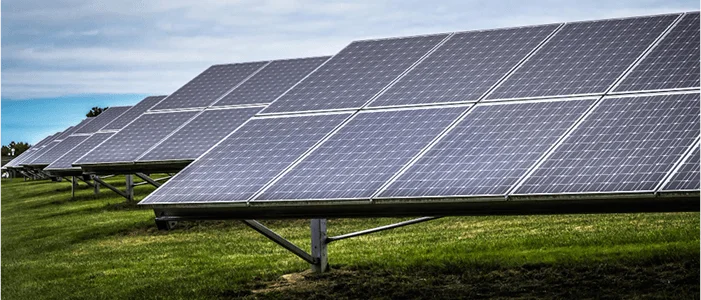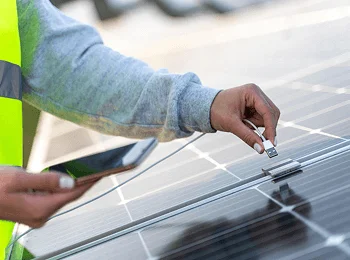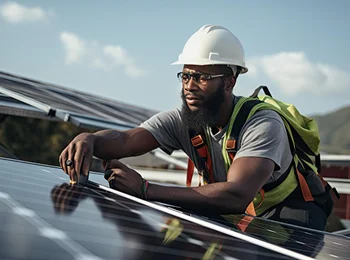15 August, 2025
Introduction: The Energy Challenge
Nigeria’s power supply is unreliable and expensive. In most major cities, the constant drone of generators is inescapable. Almost half of African businesses rely on back‑up diesel generators for power; these generators supply only a small fraction of the electricity but account for around 80 % of businesses’ energy spending. Diesel prices have surged by roughly 200 % in recent years, forcing many companies to cut working hours or shut down. This dependence on fuel‑guzzling generators is not sustainable.
At the same time, Nigeria enjoys abundant sunshine. Solar energy offers a way to cut costs, improve reliability and enhance your brand. This guide explains why Commercial & Industrial (C&I) solar makes sense, how these systems work and the steps your business can take to adopt them.
Why Solar Makes Sense for Nigerian Businesses
Switching to solar isn’t just about being green - it also makes economic sense. Here are the immediate benefits that your business can tap into right from day one:
• Lower operating costs: Once panels are installed, the electricity is essentially free. You dramatically reduce dependence on expensive diesel and grid energy costs.
• Reliable power: Hybrid solar systems with batteries provide electricity even during grid outages. Businesses that switched to C&I solar report savings of up to 30 % on energy costs and fewer interruptions.
• Customer and stakeholder satisfaction:A quiet, eco‑friendly power solution enhances your brand and attracts customers and investors.
What is C&I Solar?
Commercial and industrial solar refers to photovoltaic (PV) systems sized and engineered for businesses, factories, farms, schools, and other institutions. Unlike small residential rooftops, C&I systems range from tens of kilowatts up to multi‑megawatts and are designed around your facility’s unique energy demand. Panels can be installed on rooftops, on ground‑mounted arrays or over parking lots. The goal is to supply a significant share of your daytime power directly from sunlight while integrating with the grid and any existing generators.
How Does a C&I Solar System Work?
The core components are simple:
• Solar panels (on roofs, ground racks, or carports) that capture sunlight and generate direct- current (DC) electricity.
• Inverters convert DC power into alternating current (AC), which powers your equipment and lighting.
• Battery storage (optional) stores excess solar energy for use at night or during outages, ensuring round‑the‑clock power.
• Monitoring and control systems track production and manage the flow of energy between solar panels, batteries, the grid, and your loads.
• Mounting structures that securely hold panels at the best angle toward the sun.
During the day, solar panels supply your facility’s electricity needs. When production exceeds demand, surplus energy charges the batteries. When solar production is low, the system draws from the batteries, the utility grid or diesel generator to ensure uninterrupted power.
Businesses typically go through several stages to implement a C&I solar project:

Steps for Businesses to Adopt C&I Solar in Nigeria
Businesses typically go through several stages to implement a C&I solar project:
- Energy Audit & Consultation. First, data on your current electricity usage (kWh consumed each month, load pattern, peak demand) is collected. Engineers will visit your site and conduct an energy audit. This involves inspecting facilities and reviewing bills so as to understand where and how much power is used. The result of the audit is used to identify the optimal solar system size and placement.
- System Design & Engineering. Engineers size the panels, inverters, and batteries to meet your targets. They determine where to mount the panels and how to integrate the system with your existing electrical infrastructure.
- Permits & Financing. Depending on system size, permits from the Nigerian Electricity Regulatory Commission (NERC) may be needed. We discuss various financing options with you. With good design and forecasted savings, businesses often find that a solar investment pays back in a few years.
- Equipment Procurement & Installation. High‑quality components are essential. The installation team mounts the panels, wires the system, and commissions it with minimal disruption. Many C&I installations can be completed within a week once on site.
- Training & Maintenance. After commissioning, your staff will be trained on operation and monitoring. Periodic inspections and maintenance keeps the system performing at its best.

